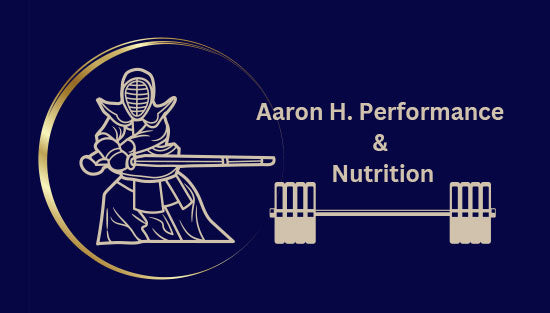Cardio for Kendo: Should I Be Running?
Aaron Hendrickson, ISSA-CSCS, CPT, RP CNC
If you’ve practiced kendo for a while, I suspect you may have been told that running is good for kendo, or that it improves your endurance so that you’re not sucking air all the time. Unlike sports with continuous, steady-state movement, practice and shiai challenges all of an athlete’s energy systems. Let’s look behind the curtain at energy production and explore why your approach to cardio might be more nuanced than simply logging miles.
Understanding Energy Systems: The Body's Power Plants
To understand cardio for kendo, we first need to explore how our body generates energy. Imagine your body as a complex power grid with three distinct generators, each specialized for different types of activity:
1. Phosphagen System (ATP-PC System)
- The body's sprint generator
- Provides immediate, explosive energy
- Lasts only 10-15 seconds
- Think of how fast you were at the beginning of kakari-geiko vs the tail end
2. Glycolytic System (Anaerobic System)
- The intermediate power plant,
- Kicks in after the phosphagen system depletes
- Provides energy for high-intensity efforts lasting 30 seconds to 2 minutes
- Crucial for those intense exchanges and multiple strikes. Think of how you felt after a couple rounds of kiri-kaeshi, vs. the first round or the last round.
3. Oxidative System (Aerobic System)
- The endurance generator
- Provides sustained energy for longer activities. It’s keeping you going, seemingly past your limits albeit not fast, or powerful anymore, but somehow you’re doing ‘the thing’!
- More efficient but slower to produce energy
- Supports recovery between bouts or while sensei is talking
Cyclic vs. Acyclic Sports: Where Does Kendo Fit?
Sports are typically categorized into two energy system engagement styles:
- Cyclic Sports: Activities with repetitive, rhythmic movements like running, swimming, or cycling. These sports primarily use the oxidative (aerobic) system.
- Acyclic Sports: Sports with intermittent, explosive movements and frequent changes in rhythm and intensity. Kendo falls squarely in this category.
A kendo match is a perfect example of an acyclic sport. You're not running continuously but instead doing:
- Explosive, high-intensity bursts of movement
- Rapid changes in direction
- Intermittent periods of high and low intensity
- Require quick recovery between exchanges
Given kendo's acyclic nature, traditional long-distance running might not be the most helpful training method for a sport that doesn’t look like a marathon.
While running can be beneficial, it shouldn't be your sole cardio approach. A program I might write for a beginner or intermediate trainee would involve developing an aerobic base, lowering resting heart rate and increasing the strength and volume of blood the heart can pump with each beat, training to drop from a high heart rate back down to a lower one quickly, aerobic power and increasing lactate threshold, and improving Vo2 Max in a sport-specific way. These are achieved with (in my personal arsenal) 12 different programming modalities, with only 2 of them being steady-state cardio.
Running for the sake of running is cool for people who like running, and do it for reasons other than they want to improve kendo. For the serious athlete, only utilizing long-distance cardio is actually hurting you by making you slower at explosive activities. Especially if said person isn’t even resistance training!
Consider ways to mimic the stop-start nature of kendo with high-intensity intervals and rest periods. But it all depends on the needs of the individual!

